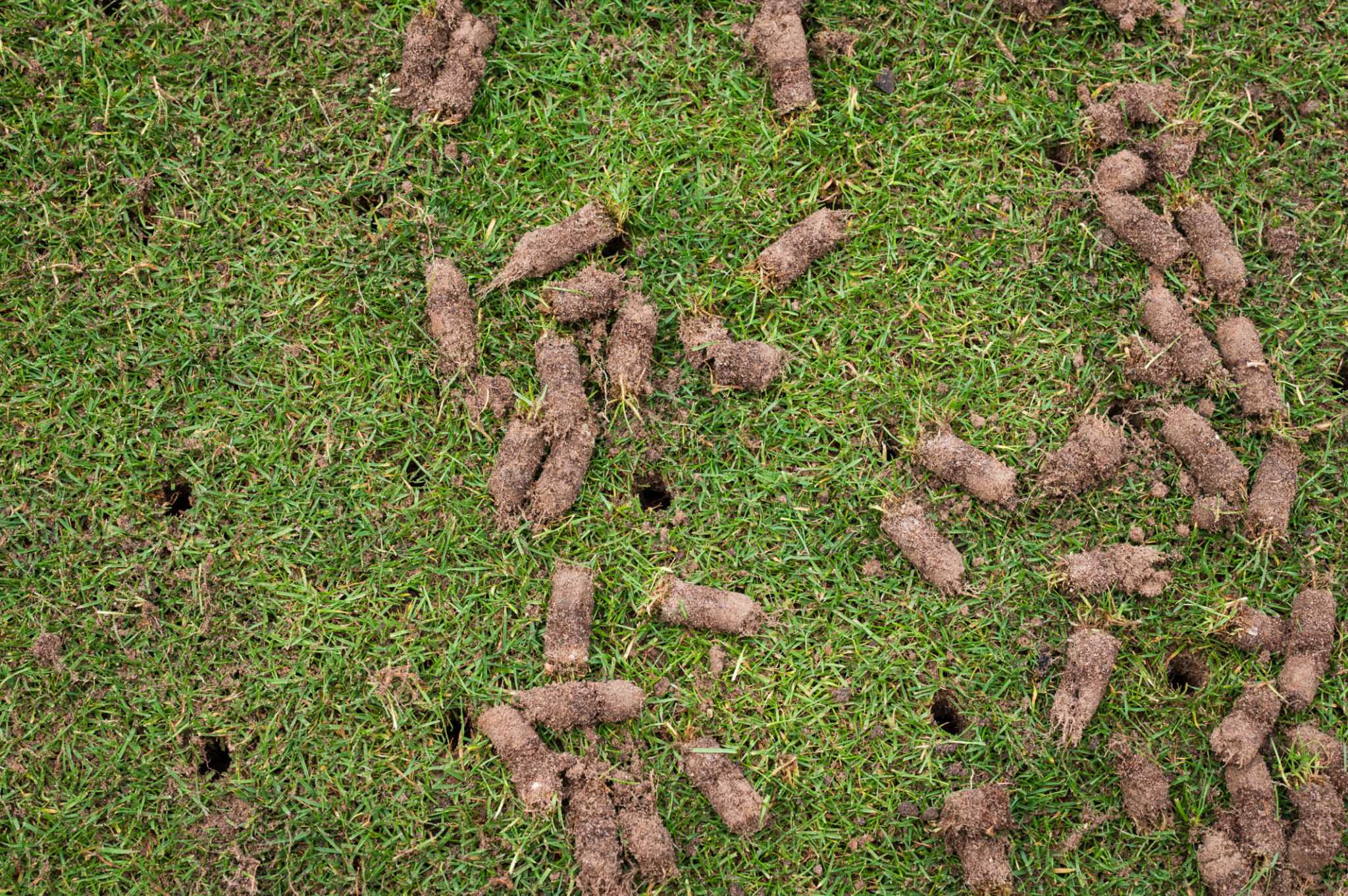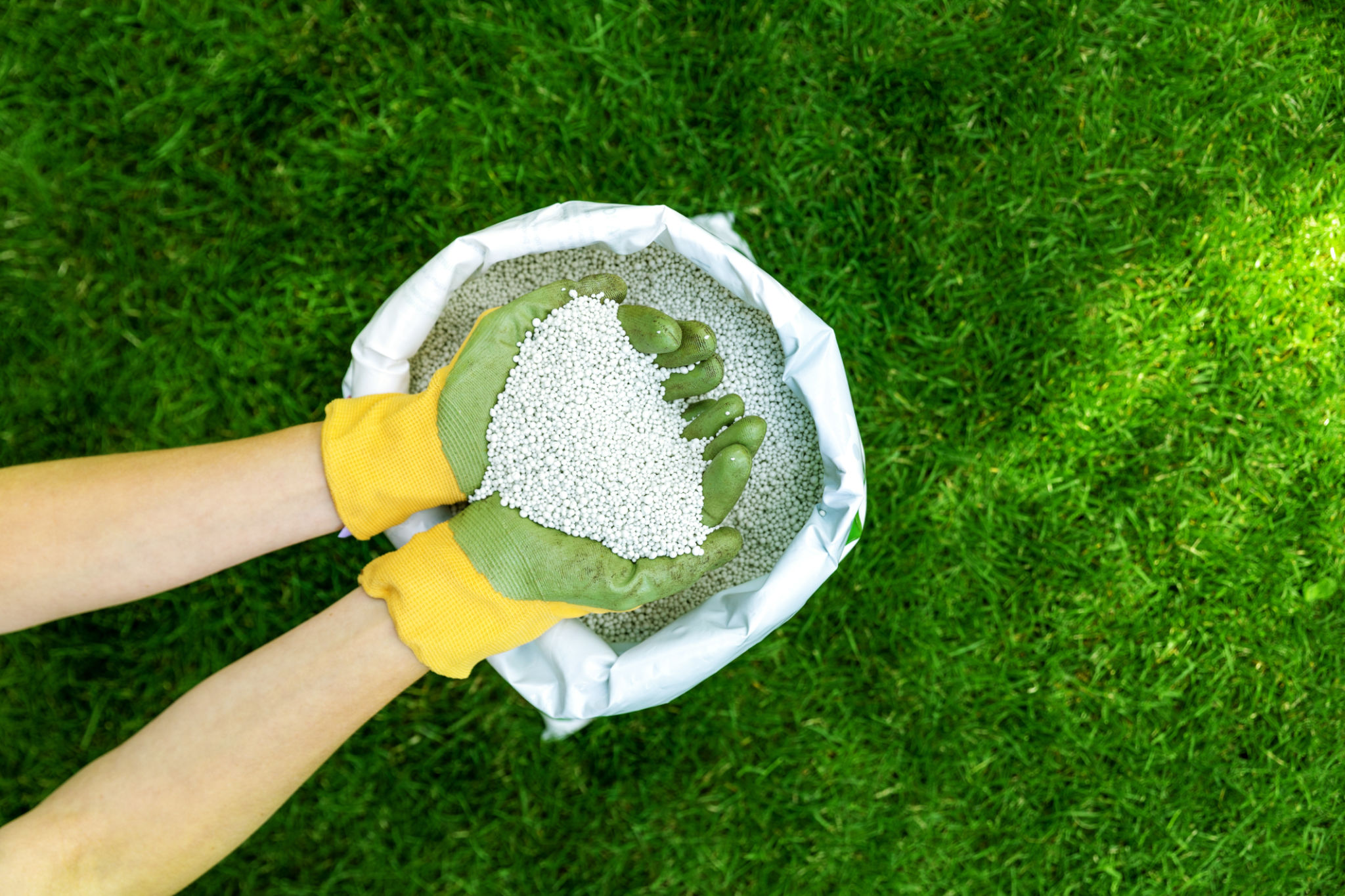How to Prepare Your Lawn for the qathet Regional District Winter
Tl
Understanding the qathet Regional District Climate
The qathet Regional District is known for its unique climate, characterized by cool, wet winters. This means that preparing your lawn for the winter requires specific strategies to ensure it remains healthy and vibrant. Understanding the local climate is the first step in making sure your lawn thrives when spring arrives.
Winters in this region typically bring a lot of moisture, which can lead to waterlogging if your lawn isn't properly prepared. It's important to take proactive steps to prevent potential issues such as soil compaction and disease.

Core Aeration and Its Benefits
Aeration is a crucial process for preparing your lawn for winter. By perforating the soil with small holes, you allow air, water, and nutrients to penetrate the grass roots. This helps the roots grow deeply and produce a stronger, more vigorous lawn.
In the qathet Regional District, it's best to aerate your lawn before the first frost. This ensures that your grass roots can absorb as much nutrients and moisture as possible before becoming dormant during the colder months.

Fertilization: Feeding Your Lawn
Fertilizing your lawn before winter is essential for maintaining its health. A good fall fertilization can build a healthy store of nutrients that will sustain the lawn through the winter.
Choose a fertilizer that is high in potassium, which helps grass build resistance to cold and disease. Be sure to apply it evenly across your lawn, and consider using a spreader for best results.

Proper Mowing Techniques
Mowing your lawn before the winter season is another important step. Gradually reduce your mowing height as the season progresses, but avoid cutting it too short, which can stress the grass. Aim for a height of about 2 to 2.5 inches for most lawns.
Maintaining this height helps protect the grass against frost damage while reducing the risk of snow mold developing over winter.
Leaf Management: Keep It Clean
Leaves left on your lawn can block sunlight and trap moisture, leading to potential fungal diseases. Rake up fallen leaves regularly to keep your lawn clean and well-aerated.
If you have access to a mulching mower, consider mulching the leaves instead of raking them. This adds valuable organic matter back into the soil, which can improve soil health over time.

Watering Wisely
While excessive watering isn't necessary during winter, it's crucial not to let your lawn dry out completely before the first frost. Ensure your lawn receives sufficient moisture leading up to winter to maintain its health.
A good rule of thumb is to water deeply but infrequently. This encourages deep root growth, which is vital for a resilient lawn in the qathet Regional District's climate.
Pest and Disease Management
Before winter sets in, inspect your lawn for signs of pests and diseases. Treat any issues promptly, as they can become more problematic over winter when your lawn is less able to recover.
You might consider applying a preventative fungicide if you've experienced issues with snow mold or other fungal diseases in previous years.

Final Steps: Preparing for Spring
Once you've completed these steps, your lawn will be well-prepared for winter. However, don't forget about spring! Keep an eye on weather conditions and be ready to start spring maintenance as soon as temperatures begin to rise.
A bit of preparation now will pay off with a lush, green lawn when spring arrives in the qathet Regional District.